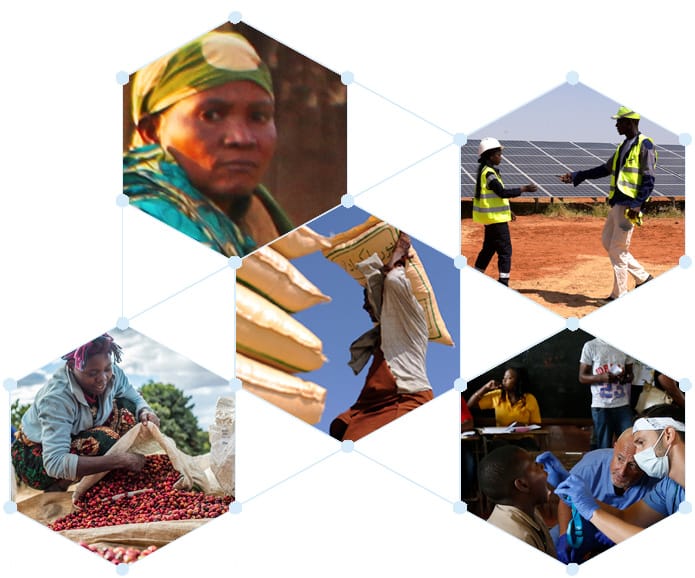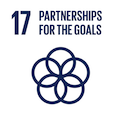

Making the System Work Better
Global macroeconomic stability requires commitment from all countries.
The IMF’s 2017 External Sector Report demonstrates that excess current account imbalances—deficits or surpluses in a nation’s transactions with the rest of the world—accounted for about one third of total global imbalances in 2016. This level, mostly unchanged since 2016, has become increasingly concentrated in advanced economies: deficits in the United States and United Kingdom, and surpluses in countries such as Germany, Japan, Korea, the Netherlands, Singapore, and Sweden. These imbalances make the global economy more vulnerable to the sudden reversal of capital flows and risk stoking protectionism, with detrimental effects on trade and growth. Excess deficit countries should cut fiscal deficits without reducing programs for the poor and gradually realign monetary policy with inflation targets. Excess surplus countries should provide greater fiscal stimulus. Both groups should prioritize structural reforms—boosting investment and promoting competition in surplus countries and encouraging saving and enhancing competitiveness in deficit countries. Global macroeconomic stability is an international public good that requires commitment from all countries.
Figure 1.1: The global financial safety net has tripled since 2008
- Estimated based on known past usage or, if undrawn, on average past maximum drawings of remaining central bank members in the network. Two-way arrangements are only counted once.
- Includes all arrangements with an explicit value limit and excludes CMIM arrangements, which are included under RFAs. Two-way arrangements are only counted once.
- Based on explicit lending capacity/limit where available, committed resources, or estimated lending capacity based on country access limits and paid-in capital.
- After prudential balances.
- For countries in the Financial Transaction Plan (FTP) after deducting prudential balance.
Sources: Bank of England; central bank websites; regional financing arrangement annual reports; and IMF staff estimates.
Also, the IMF supported expanding the global financial safety net, which protects macroeconomic stability by providing insurance to help prevent crises, financing when a crisis occurs, and incentives for countries to adopt the policies that make crises infrequent and manageable. The resources behind the global financial safety net tripled between 2007 and 2016, reflecting that the global economy has become increasingly complex, volatile, and interconnected.
Over the past year, the IMF enhanced its contribution to the global financial safety net. It updated its rulebook for its crisis prevention lines of credit—the Flexible Credit Line (FCL) and the Precautionary and Liquidity Line (PLL)—to make the qualification process more predictable and transparent. The IMF also proposed a framework for better collaboration with the regional financing arrangements to improve the global financial safety net and leverages the separate comparative advantages of regional financing arrangements (regional knowledge and connections) and the IMF (experience in macroeconomic adjustment and its universal risk pooling) in preventing and mitigating crises.
In capacity development, the IMF works with more than 40 bilateral and multilateral partners on core macroeconomic initiatives worldwide. Several thematic funds are aligned with key global development needs and initiatives, including the 2030 Agenda for Sustainable Development and the Financing for Development Agenda. Their activities are complemented by the IMF’s extensive work of regional capacity development centers, financed by development partners, member countries, and the IMF.
The global financial safety net has four main layers:
- Countries’ own reserves increased from about $2 trillion in 2000 to about $11 trillion in 2017. IMF quota resources have doubled to about $670 billion.
- Bilateral swap arrangements between two countries take the form of unlimited permanent swaps between the central banks of some of the major countries issuing reserve currency, and a network of swaps between China and others to support trade and investment.
- Regional financing arrangements include the European Stability Mechanism, with a lending capacity of 500 billion euros; the Chiang Mai Initiative Multilateralization, with $240 billion; and the Contingent Reserve Arrangement between Brazil, China, India, Russia, and South Africa, worth $100 billion.
- The IMF, in addition to lending to help countries overcome balance of payments crises, can provide credit lines, which can be used on a precautionary basis, to countries with sound economic fundamentals. These include the FCL, for countries with very strong fundamentals and policies, and the PLL, for countries with sound fundamentals and limited vulnerabilities.


